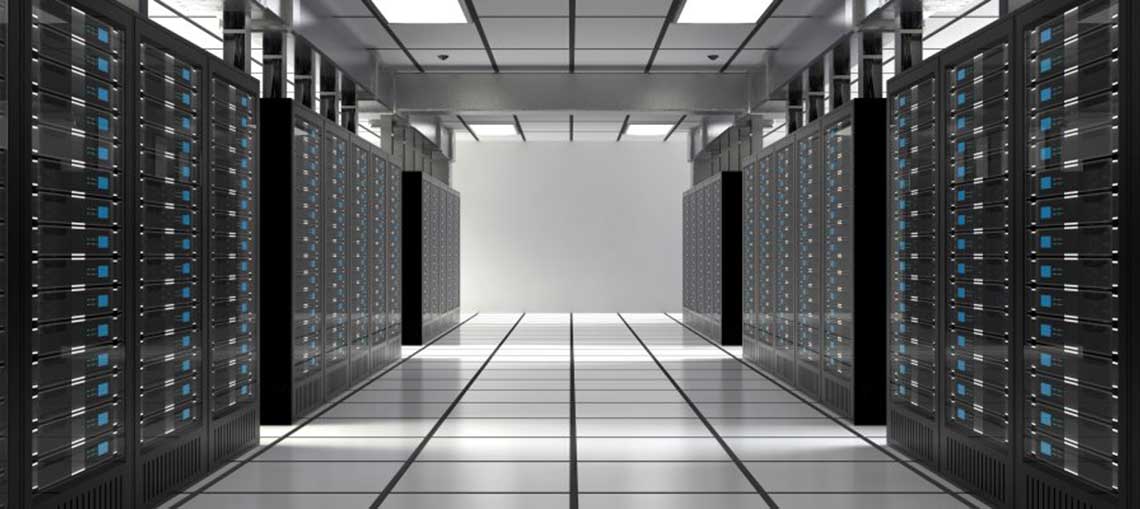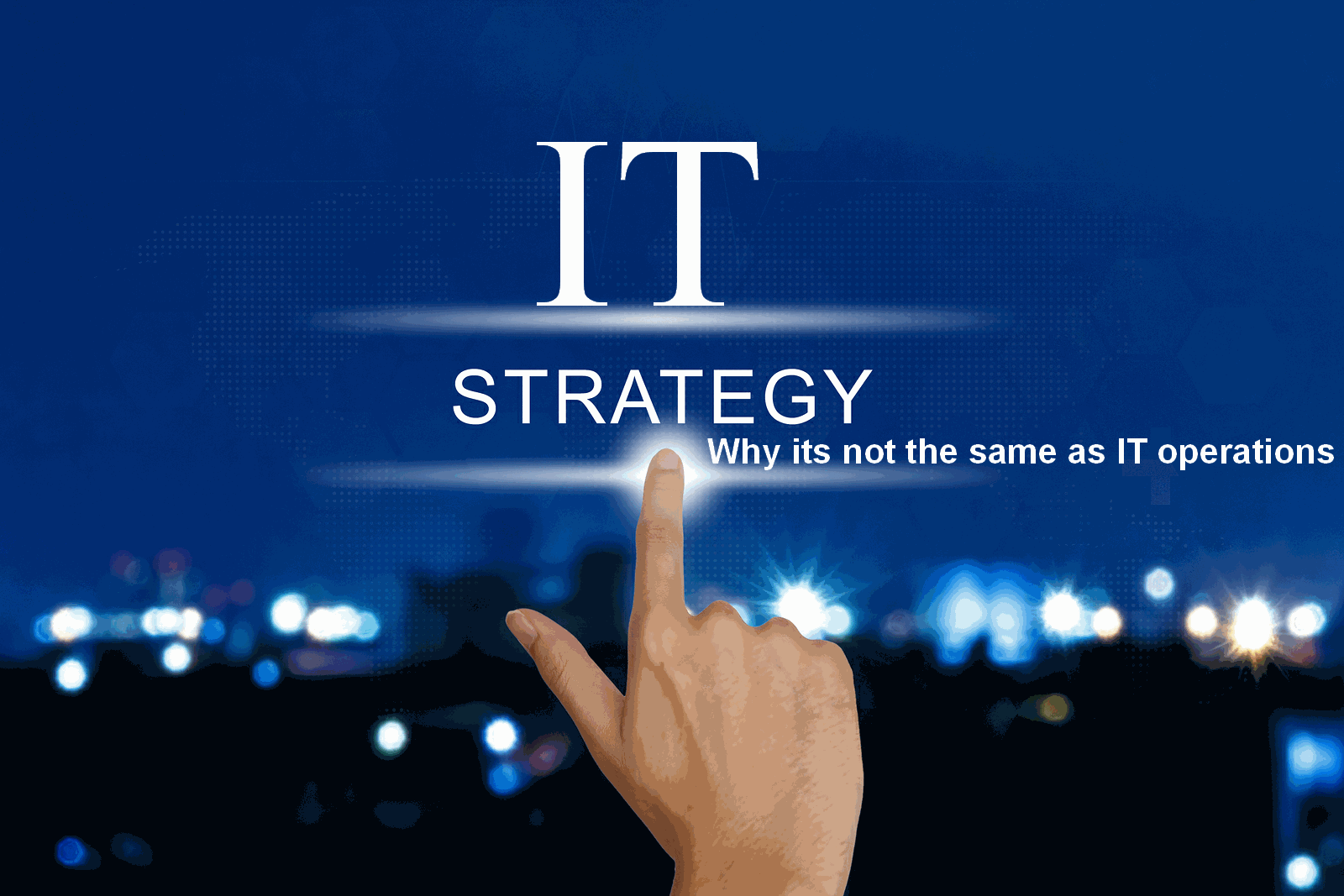It is becoming increasingly apparent that information is one of the most valuable commodities in the world today, so you would be forgiven for believing that the best place for your data centre is on-site, in-house. I felt exactly the same way, and in the past, I was even known to preach that your business critical systems should be kept close to home. But just as our industry evolves, our best practices must also adapt. Moving your data centre to a hosted environment isn’t without its own issues – and you’ll need to assess whether the benefits offset the costs for your particular business. To start off, let’s look at some of the issues you might be facing with your current environment.
- Data centres are normally a fixed size, and there is often no room for expansion in the same location.
- Building green credentials into your current environment is complex and costly. Outsourcing to a dedicated provider takes the onus from you and greatly improves your overall perceived impact.
- Unless your data centre is purpose built, cabling is often not easily replaced, upgraded or enhanced.
- Data centres require a lot of cooling, so moving to an external host allows you to reduce or refactor your resources and costs.
- As power consumption increases towards your limits, you may struggle to get additional power into the building.
- While virtualisation helps to better manage your resources, having your data centre on-site still leaves you with a single point of failure.
Moving to an external data centre is now becoming a more attractive option than keeping everything in-house. Now let’s take a look at some of the benefits of taking your data off-site.
The Benefits
Greater flexibility
Having the data centre external means that an organisation has greater flexibility in where it is located. Almost all of the risk is in moving the data centre; machines that have been constantly running for over five years are at great risk of not powering on again when moved. Once a new circuit to the data centre is in place, the users can move with little effort or risk.
Built for purpose
Modern buildings are not built to host data centres, and are often cantilevered from a central spine, and are not able to bear the weight of all of the equipment. In contrast, purpose-built data centres can host your infrastructure on a strong, flat foundation. So if you’re considering moving to a new building, this is a key reason for hosting your data off-site.
Reduce operational risks
Hosting your data at a tier 3 or 4 data centre reduces operational risks, as these facilities are protected by N+1 or N+2 resilience for power and cooling. The communication links are the most at risk, but this can be handled by putting in diverse circuits. The cost of large circuits has dropped considerably in price, making it very cost effective to have triangulated resilient low latency circuits installed.
Secure location
The data centre would have a lot of security and would be unlikely to be in an area where natural disasters may occur. If your main office had an incident, this would have no impact on the data centre, and users would be able to continue using the production servers through the external link. There would be no reason to fail over to the DR servers, saving time, money, and loss of service.
Reduce costs
Running large quantities of cables around the building is expensive, takes up room and requires a lot of maintenance. The data centre is normally an enclosed, consolidated location which greatly reduced all of these issues and costs.
Power and environmental challenges can also be reduced , as the onus is on the hosted facility and not the customer. Your carbon footprint would be negligible, and as the government increase the Carbon Reduction Commitment, an internal data centre will undoubtedly be heavily penalised due to the increased carbon output.
Fibre backbone
Most external data centres are carrier independent, and well connected to the UK fibre backbone for internet and other services.
High priority power
The external facility will be connected directly or very closely to the national grid and deemed to be high priority. In the event that we see power shortages, your office building is unlikely to be deemed as high priority, and this would create severe downtime for your organisation. Your uninterruptible power supply (UPS) may keep the systems running for a short period, but your time to failure will be greatly reduce if it has to run both your office equipment and your internal data centre.
Extend the life of your cooling
Moving to an external facility may allow you to get more life out of your air conditioning units, as the air flow can be re-zoned and could make the replacement of older units unnecessary.
Going green
The regulations on carbon reduction will only increase and become more punitive, forcing more organisations to move to purpose built green data centres – which will be high in demand and potentially more expensive.
Managed year-round
Hosted data centres not only remove the responsibility of maintenance and monitoring the environmental elements, they enviably have far more controls than a standard organisation would employ. Typically, they are monitored 24x7x365, and would normally include management and monitoring of the following as standard:
- Chilled water systems
- CO2 cooling systems
- Exhaust ventilation
- Data centre temperatures
- UPS systems
- HV and LV switchboards
- Electrical metering
- AHU alarm units
- Fire alarm systems
- PDUs
- Generator systems
- Fuel system
- Gas suppression
- Leak detection
With such a long list of benefits in moving to an external data centre, you may be wondering why everyone doesn’t do it instantly. No solution is perfect for everyone at all times, and there are a few issues or concerns that you might want to plan for before you decide to move.
The issues
Loss of quick physical access
The main disadvantage of moving the data centre is the loss of quick physical access. If there is an issue which cannot be fixed remotely, someone has to travel to the site and, depending on where it is, this could take a long time.
Cost
The next most significant barrier is the price of admission. Moving a data centre is an extensive process that requires planning, careful management, and can become quite expensive.
Versatility of the free space
The room reclaimed by moving the data centre is often in an area where this is no natural daylight, and may have little practical value above being used for storage.
There is no easy answer, and for some the concept of taking the data centre out of the building is a non-starter. However, for anyone concerned about the growing pressures of the issues laid out at the top of the article, the benefits and risks laid out here should help you to make an informed decision about moving to a hosted data centre.




